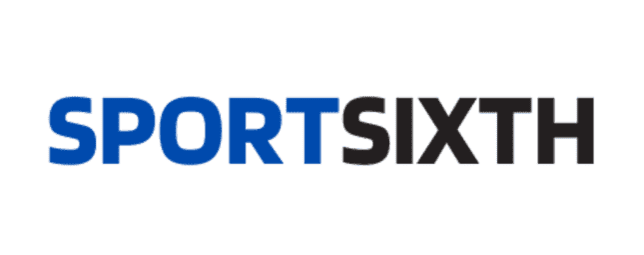AI and the Evolving Landscape of the U.S. Semiconductor Market: A 2025 Overview
![]()
The year 2025 has proven to be pivotal for the U.S. semiconductor industry, especially in its growing intersection with artificial intelligence (AI). The government’s regulations and company strategies have shaped this sector, with Intel at the forefront of these transformations. The strategic moves by key players are crucial as the U.S. aims to maintain its competitive edge in the global AI race.
Key Developments throughout 2025
May 7: Just before a significant new regulatory framework intended to govern AI diffusion was set to take effect, the Trump administration announced plans to revise these measures. Reports indicated they would delay enforcement of restrictions initially scheduled to begin on May 15, instead opting to propose an alternate framework focusing on AI chip exports.
April 30: In a notable shift, Anthropic reinforced its position on regulating U.S. chip exports by suggesting further measures specifically targeting Tier 2 nations. They emphasized the need for robust enforcement to address concerns regarding AI capabilities abroad. A spokesperson from Nvidia countered, arguing for innovation over regulation, dismissing fears of smuggling as exaggerated.
April 22: Intel announced significant layoffs exceeding 21,000 employees, aiming to streamline operations under new CEO Lip-Bu Tan. This move comes as part of a broader strategy to refocus on engineering and innovation within the company.
April 15: Nvidia faced fresh export challenges when its H20 AI chip was subject to a new licensing requirement. This adjustment not only impacted Nvidia but also resulted in substantial financial consequences across the semiconductor sector, as other major companies like TSMC braced for related expenses.
April 3: Intel and TSMC rumoredly agreed to a collaboration to advance chipmaking efforts. This strategic alliance could redefine operational capabilities and resource sharing within the industry, although both giants remain tight-lipped on the details.
April 1: Under Tan’s leadership, Intel announced intentions to divest non-essential assets, allowing the company to focus on core semiconductor technologies and the introduction of new, customized chips designed to meet specific customer needs.
March 12: In a significant leadership shift, Lip-Bu Tan stepped in as CEO of Intel, marking a new era with an emphasis on engineering excellence.
February 28: Intel’s ambitious plans for a new chip fabrication plant in Ohio faced delays, pushing completion further into the future, indicating ongoing challenges in meeting the high demand for semiconductor production.
February 3: Politicians including Senators Warren and Hawley urged the incoming Trump administration to take decisive action on AI export controls, reflecting growing concerns over national security and technological competition.
January 27: The launch of DeepSeek’s R1 “reasoning” model made waves in the tech community, illustrating how advancements in AI can reverberate through the semiconductor landscape, highlighting the urgent need for competitive responses.
January 13: Just days before leaving office, President Biden’s proposed extensive export limitations on AI chips introduced a tiered system, aiming to effectively regulate how and to whom these technologies could be sold.
The dynamics of the semiconductor market in 2025 demonstrate a critical balancing act between innovation, regulation, and international competition. As this space evolves, companies must navigate these developments carefully to secure their place in the ever-accelerating AI landscape.
